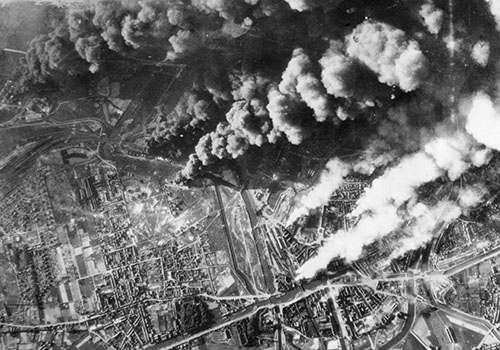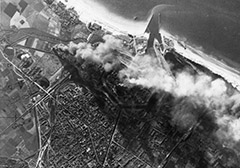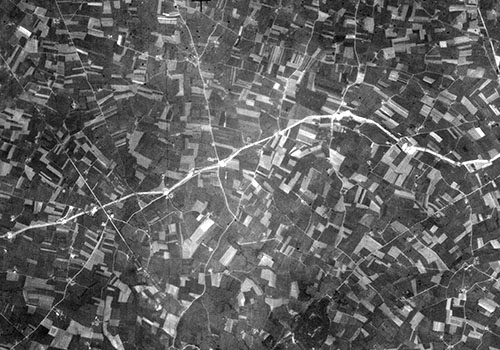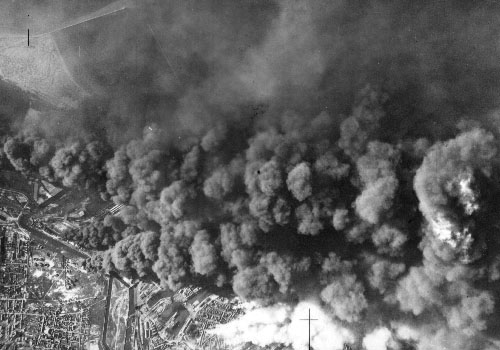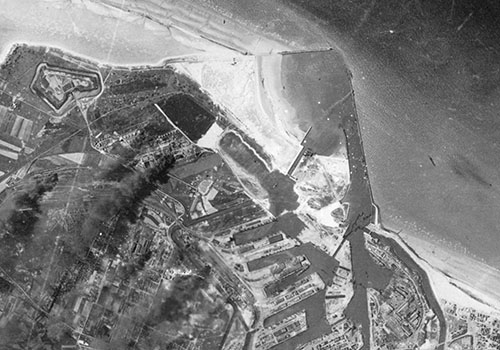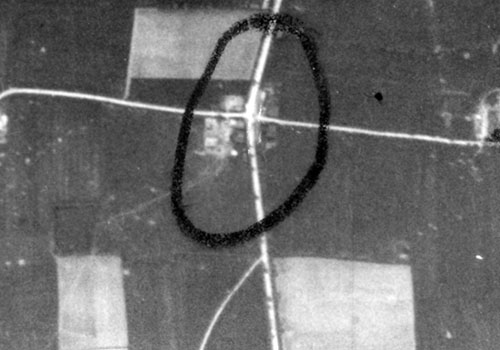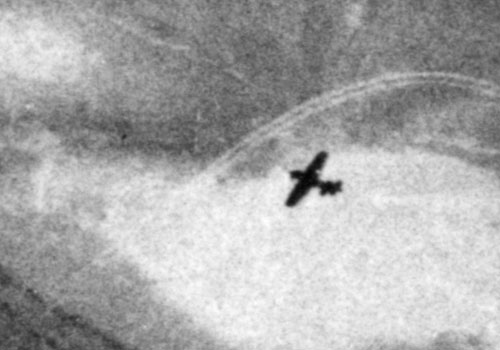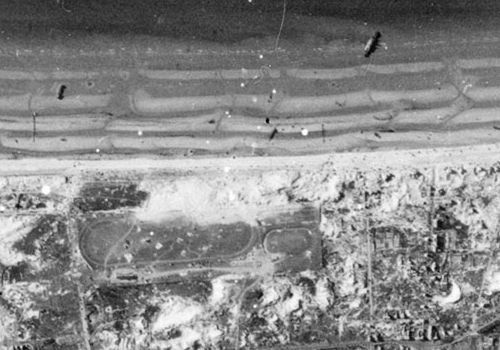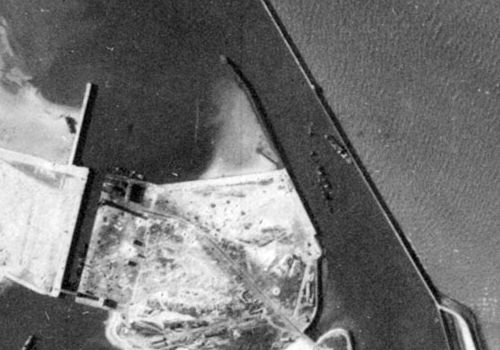Dunkirk 1940
On 10th May 1940, British and French troops moved north into Belgium, to meet the invading German army. To the south, German tanks and mechanised troops advanced rapidly through northern France to the sea and split the Allied armies in two. The outflanked Allied soldiers held a shrinking perimeter around Dunkirk from 26 May to 4 June. During those ten days a fleet of naval and civilian vessels crossed the English Channel, evacuating troops to the south coast of England. The evacuation, code-named Operation Dynamo, rescued over 338,000 British, French and Belgian troops.
This feature examines a selection of images of key locations during the campaign.
British Prime Minister Winston Churchill remarked afterwards that 'wars are not won by evacuations'. Nevertheless, the Dunkirk operation had saved the experienced, professional core of the British army from destruction and enabled the British to continue the war alone.


